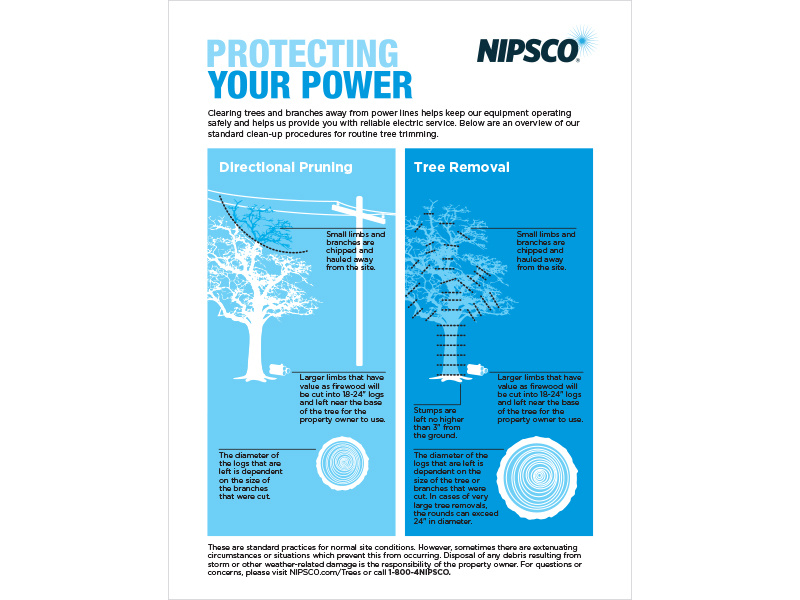Indicators That It Is Essential To Eliminate A Tree - A Handbook For Homeowners
Indicators That It Is Essential To Eliminate A Tree - A Handbook For Homeowners
Blog Article
Web Content Author-Churchill Long
Trees add elegance and worth to home, yet they can likewise posture a threat throughout severe weather condition occasions. If a tree has actually quit growing, is showing noticeable fungal development, or has a leaning trunk, it must be eliminated by a professional to prevent residential property damages and injury.
To learn more, attend a property owner source fair co-hosted by HPD, the Center for NYC Neighborhoods, and Brooklyn-based housing companions this night in Bedford-Stuyvesant. The event will certainly include the Homeowner Manual, a new guide to help property owners browse the responsibilities of possessing a home.
1. Dead or Dying Branches
Trees are an essential part of your home's landscape, offering shade and appeal. They additionally provide shelter for wildlife and create oxygen, but also healthy trees can experience illness that may necessitate their removal. Dead or dying trees aren't just unsightly, they can be harmful. Their branches could drop throughout a tornado, bring about expensive home damages and injuries.
When a tree's branches start to pass away, it suggests that its framework is starting to break down. If most of its branches are dead, it is most likely time to remove it.
Look for a lack of new development, bark peeling, open wounds or cavities, fungi growing on the trunk or roots and a basic look of decay in the entire cover. These indicators of infection can indicate a serious issue that will call for specialist tree solutions to settle.
2. Leaning Trunk
While it's typical for trees to lean from time to time because of phototropism, if a tree has a harmful or severe lean that's not because of natural processes - it could be an indicator that the tree requires to be removed. If the tree is leaning toward a power line, home, automobile, play structure or any other location that could be dangerous to people if it drops, after that calling an expert tree service for elimination need to be a top priority.
It's also crucial to watch for any sudden changes in a tree's leaning as it can indicate damages to the origins or trunk that might bring about falling. This is specifically real throughout stormy weather, since high winds and rain-soaked soil can trigger a lean to transform swiftly. Normal monitoring, especially throughout and after storms can assist property owners recognize prospective problems with their trees so they can call an arborist for an extensive assessment.
3. Pest Infestation
Some pest infestations, such as wood-boring bugs like emerald ash borer or sap-suckers like scale insects, are so severe that they can cause a tree to pass away. The most effective way to avoid pest invasion is to check your trees often. Look for areas, openings, or discolorations in the leaves and bark. Analyze the trunk for fractures and indicators of insect damage, such as tunnels or tracks.
If updated blog post becomes as well ravaged with pests, or is close to a home or power lines, an arborist might suggest removal. If a leaning tree creates a new, unstable lean, an arborist will likely advise removal as well to make certain the safety and security of people and residential property. If a weakened or dead tree continually loses too much branches, it is a sign that it is time to get rid of the tree. If a tree continues to shed branches for a prolonged period of time, it could lead to architectural problems and potential residential property damages.
4. Damaged Trunk
Trees are a stunning and vital part of our landscape, yet they do require normal care to keep them healthy and balanced and secure. If a tree is harmed beyond repair it is most likely time for it to find down.
Search for indicators of damage to the trunk, including upright fractures, joints, dead branch stubs, visible wounds or open tooth cavities and serious tree-rot. The presence of fungi at the base of the trunk is one more warning indicator. Fungi may indicate that the phloem and xylem (life-support cells) are jeopardized, allowing for the spread of disease or a future failing.
Also, consider whether the tree has quit growing. https://docs.google.com/spreadsheets/d/1RQMtWgJ8odCez1D_lTFMcW7LEbY1JNnN89fToYz8jTY/edit?usp=drive_link will have new growth yearly, which may be visible as buds or branches growing and extending. If you don't see any kind of brand-new growth, it's a good concept to have an arborist evaluate the tree and follow their suggestion for elimination. A passing away or damaged tree can drop and create building damage.